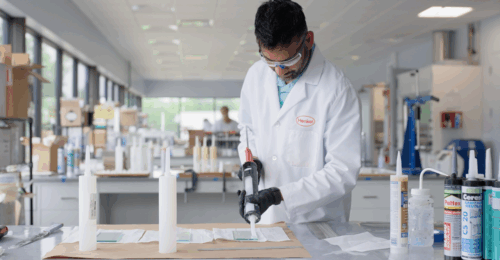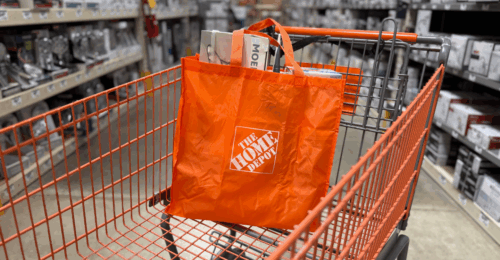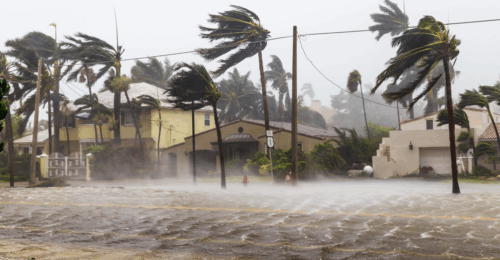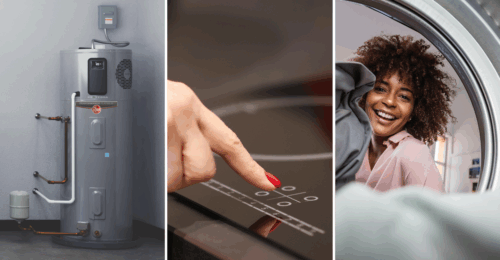The topic of climate change is getting more and more attention, and it is not always clear how relevant climate change is to an individual.
We want to help customers understand how much or how little they are contributing to the problem and arm them with actions they can take to reduce their own climate impact, or “carbon footprint.” The term carbon footprint refers to the amount of carbon dioxide emissions resulting from an individual’s actions, such as the amount of electricity they use at home, how clean their local power plant’s energy is, what kinds of fuel they use depending on their typical transportation, how much waste they generate and more.
The average person in the United States is responsible for 16 metric tons of carbon dioxide each year compared to 15 metric tons in Canada, 16 metric tons in Australia and 9 metric tons in Japan. But is 16 metric tons high, low or acceptable? How can we know if our carbon output needs to be reduced? Some great resources are available to help answer this question. Interactive carbon footprint calculators from the EPA, Carbon Footprint and The Nature Conservancy can help you determine just how big your carbon footprint is.
The Biggest Factor
Reducing your carbon footprint starts at home by consuming less energy. It is estimated that 20% of a person’s carbon footprint comes from the energy they use in their home for heating, cooling, lighting, appliances, computers, TVs and other electronics. And we know that half of that energy is used to heat and cool the home. In this article, we break down simple, practical and impactful actions you can take to reduce your carbon footprint by reducing your home energy use.
Top Projects for a Smaller Footprint

- Seal gaps and cracks. According to the National Association of Home Builders, the median age of homes in the U.S. is 37, and the older a house is, the more gaps and cracks have formed over the years from settling and weather. Sealing gaps and cracks is the #1 way to reduce heating and cooling expenses. Replace door sweeps, seal gaps around window and door frames by adding caulk, and seal cracks and holes around pipe entry points with Great Stuff spray foam.
- Weather stripping. Another way to seal gaps and cracks around the house is by adding or replacing old weather stripping around windows and doors. This will help minimize drafts and is a surprisingly effective and affordable way to keep cold air out in the winter and hot air out in the summer.
- Change light bulbs to LEDs. LED bulbs use 75% less energy than incandescent bulbs. And LEDs have come a long way in shape, color tone, brightness, dimmability and price, making them an obvious choice for home energy efficiency.
- Add insulation in your attic. The EPA’s ENERGY STAR program advises that if you can see the floor joists in your attic, you do not have enough insulation, and you are wasting energy to heat and cool your house. Visit this article on Eco Actions for more information about adding insulation, and this guide will help decipher insulation R-values. If insulation feels like an expensive project, check for available rebates and tax credits on the EPA’s rebate finder.
-
Seal electrical outlet and light switch plates with insulative foam pads.These simple yet effective insulative pads help prevent drafts from coming through walls around outlet plates. Have you ever noticed dark, dusty streaks on your outlet covers or light switches, particularly if they are on an exterior wall? This is a result of dirty air coming into your home through drafts. These sealant covers help minimize that. Simply remove the cover plate, place the foam pad against the outlet or light switch, and re-attach the cover plate.
- Change your furnace air filter regularly to help your HVAC system run efficiently. The EPA’s ENERGY STAR program recommends changing your filter every month if it looks dirty during the coldest winter months and in the hottest summer months. At a minimum, change air filters every three months. Changing filters regularly will also help maintain healthy indoor air quality and reduce allergens in the home.
- Install a smart thermostat. Smart thermostats can save more than 25% per year on heating and cooling costs. Rebates and tax credits are also often available on these products, so check the EPA’s rebate finder.
Small but Mighty Changes
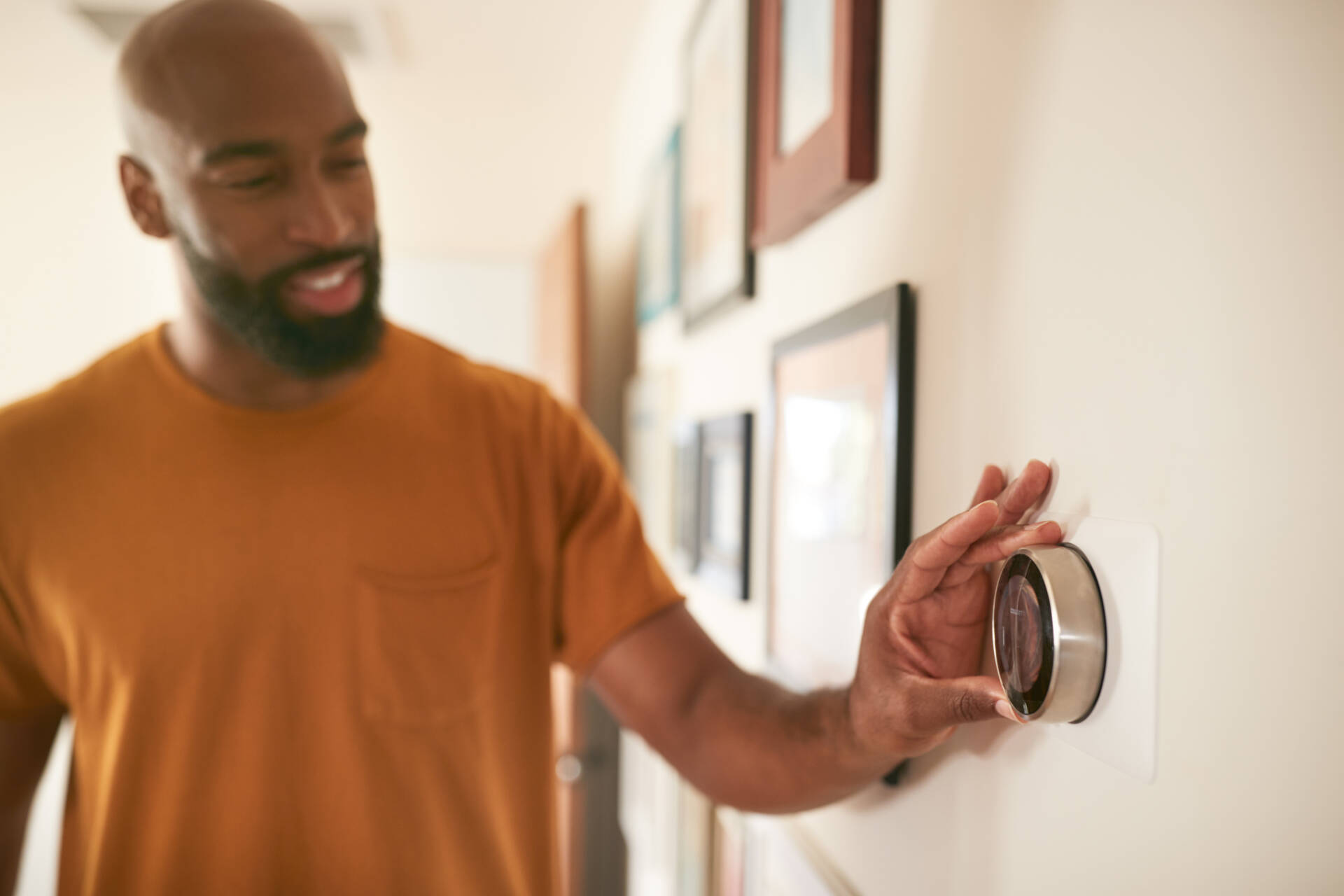
- Unplug electronics when not in use. Electronics plugged in but not in use still draw a trickle of power even when not turned on. You may have heard this called vampire energy or phantom energy. According to the Department of Energy, this energy use accounts for an average of 10% of electricity consumed. Check to make sure the most common offenders like old microwaves, printers, TVs and sound systems, and battery chargers are unplugged when not in use in your home.
- Turn your thermostat down slightly in the winter and up slightly in the summer. It may take a few days to adjust but bundling up or down to offset a slight temperature change can have a meaningful impact on your energy use and your power bill.
- Turn down your water heater setting to moderate instead of hot. And if you go out of town for more than a day or two, change the setting to “vacation”, which will reduce the energy needed to keep the full tank hot while no one is using it.
-
Wash clothes on cold rather than hot. According to energy.gov, washing clothes in cold water instead of hot water can cut energy use by more than half per load.
The journey towards a more sustainable lifestyle doesn’t have to be overwhelming. With accessible resources and simple changes, improving our home’s energy efficiency is an achievable goal for everyone. By taking these steps, we see not only the benefit in reduced utility bills, but also that we are doing our part for the planet. The path to reducing our carbon footprint is a series of small, practical steps. By starting in our homes, we make our contribution to a healthier environment, proving that every little bit helps in making a difference.




